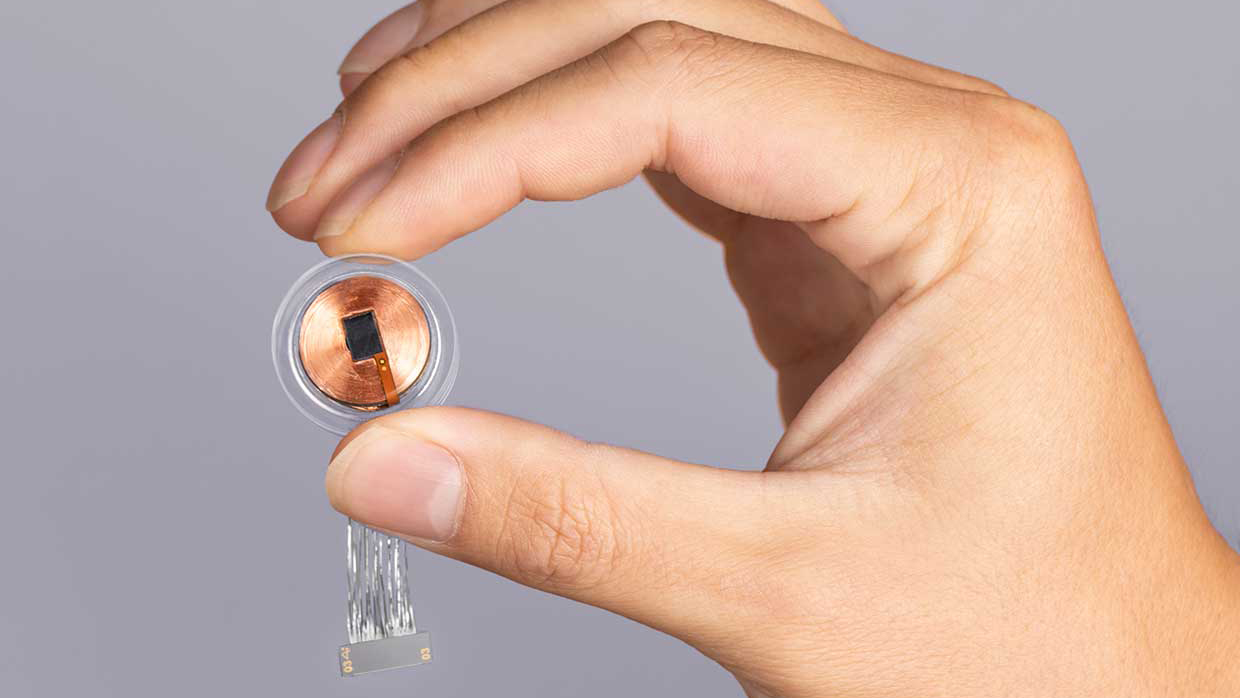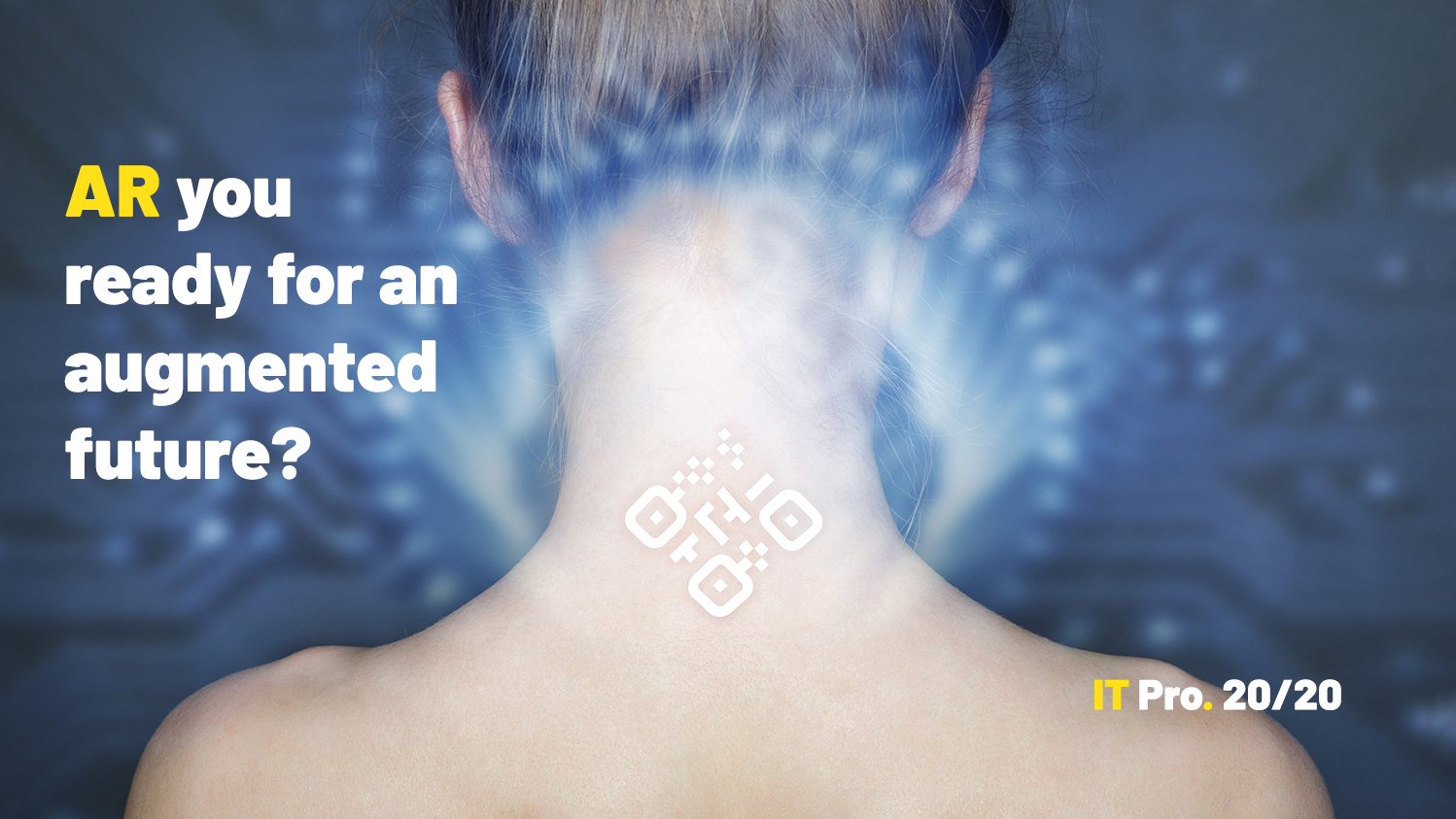What is Neuralink?
We take a look at Elon Musk's latest brainwave

Neuralink is an ambitious neurotechnology company that’s aiming to upgrade nature’s most complex organ – the human brain. Founded by serial entrepreneur Elon Musk, it hopes to surgically implant tiny devices deep inside the skull, offering the potential to treat brain disorders and other medical problems, and give us the power to interact with and control machines using our minds.
The idea currently falls quite firmly in the realm of sci-fi and is either utopian or dystopian, depending on who you talk to. Musk refers to it as a “Fitbit in your skull, with tiny wires”, but this is no easy install. The company would need to insert 3,072 electrodes connected to 96 thin, flexible threads into your brain. These are between four and six μm (micrometre, which is one thousandth of a millimetre) in diameter, making them far finer than human hair, and they are connected to a brain-to-machine chipset called N1, measuring just 23mm by 8mm. Musk says the implant that transmits neural signals is called the Link.
How it works
The human brain has 86 billion neurons, which send and receive information through electric signals via synapses. With Neuralink, each individual thread of the device will be connected in the brain, allowing it to monitor the activity of 1,000 brain neurons. Although that sounds like a small sample, amplified signals are recorded and interpreted as digital instructions, and information is sent back to the brain to stimulate electrical spikes. Data in the prototypes has been transmitted via a wired USB-C connection but the goal has been to create a wireless system.
It’ll also be possible to have more than one device implanted in a single brain, reading information from different areas.
Rather than rely on human hands for such a complex procedure as inserting the chip, a surgical robot has been developed that is capable of inserting six threads into the brain every minute. That equates to the implantation of 192 electrodes, given there are 32 per thread and this is done by making a small incision of 2mm, dilated up to 8mm, and drilling through the skull. Tiny needles make the insertions, using a microscope to ensure that no veins or arteries are touched. Once the threads are inserted, they’re connected to the Link, which is placed on the brain’s cortical surface. The procedure should take between one and two hours.
As for what it actually does, the Neuralink website discusses being able to control an iOS device or a Bluetooth keyboard or mouse just by thinking about what you want to do. An app has been developed to train your brain to perform actions such as moving a cursor, and it will contain games that help improve your speed and accuracy.
The Neuralink team’s main focus is helping people with disabilities, most notably those with paralysis. It says the technology could enable them to regain their independence by allowing them to simply think of an action and see it carried out, letting them fully operate a computer, control artificial limbs, write documents or express themselves with art. The computer is also exploring how the technology could aid seizures, brain damage, Parkinson’s disease, dementia, stroke patients and even hearing and sight problems. “It could return your eyesight, even if you’ve lost your optic nerve,” Musk told Joe Rogan during an interview on the latter’s podcast.
Get the ITPro daily newsletter
Sign up today and you will receive a free copy of our Future Focus 2025 report - the leading guidance on AI, cybersecurity and other IT challenges as per 700+ senior executives
RELATED RESOURCE

IT Pro 20/20: The future of augmentation
The ninth issue of IT Pro 20/20 looks at our changing relationship with augmentation technology
There are some potential consumer applications, too. The company has discussed the possibility of streaming music directly into users’ brains and Musk says there could come a time when humans don’t need to actually speak to communicate. Neuralink could speed up the process of writing by removing the need to tap a keyboard using your fingers, allow you to drive a car without touching the wheel, and play games or enjoy experiences by streaming them to your mind.
Human trials
While Musk was hoping to start human trials with a view to rolling out the technology this year, so far it has only been tested on rats, monkeys and pigs. A monkey has apparently been able to interact with a computer and, in August, Musk introduced a video of a pig called Gertrude, who had the chip implanted in her brain for two months.
While Gertude ate and sniffed around, the Link sent wireless signals which were charted on a graph keeping track of her neural activity in real-time. When such signals were fed into a computer, it became possible to predict Gertrude’s movements.
The Link also contains sensors measuring orientation, angle and inertia, as well as pressure and temperature sensors.
Promisingly for the company, Neuralink received designation as a breakthrough device by the US Food and Drug Administration in July, but it still needs to go through the required approvals and safety testing before it can be implanted in humans. There are obvious concerns about placing electronics inside people’s heads and there need to be studies looking at the long-term effects, especially since the company expects a device to last 10 years. Is it durable enough? Could it cause infection? Would heat from the device be damaging and how many Links could one brain take? These are questions that can’t currently be answered with 100% certainty. Gertrude seems fine, though.
Changing your mind
Reassuringly, the device can be taken out if the user has a change of heart and Musk also demonstrated another pig (name unknown) that has already had a Link implanted and then removed. The animal appeared to be perfectly normal with no signs of brain damage, which opens up the possibility of being able to upgrade the tech – though we’re struggling to imagine too many people wanting to undergo an operation every time Neuralink brings out a new version of its device.
Since Neuralink’s technology is still at an early stage (it’s at version 0.9), you’re not going to be turning up at a clinic to have one of its devices implanted into your brain anytime soon. That means we have no current idea of how much the brain chips will cost, although they are likely to be expensive. As you can imagine, this throws up an ethical problem: rich people are likely to be first in the queue and that could open a cultural gap. Could we be on the path of providing superhuman capabilities for the few at the expense of the many?
-
 Bigger salaries, more burnout: Is the CISO role in crisis?
Bigger salaries, more burnout: Is the CISO role in crisis?In-depth CISOs are more stressed than ever before – but why is this and what can be done?
By Kate O'Flaherty Published
-
 Cheap cyber crime kits can be bought on the dark web for less than $25
Cheap cyber crime kits can be bought on the dark web for less than $25News Research from NordVPN shows phishing kits are now widely available on the dark web and via messaging apps like Telegram, and are often selling for less than $25.
By Emma Woollacott Published